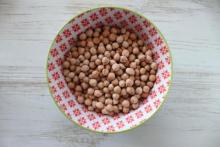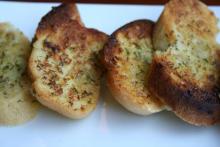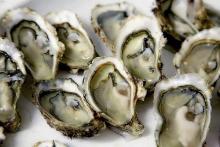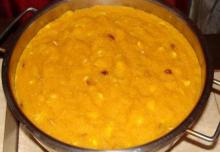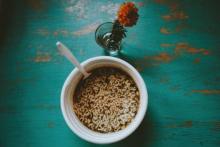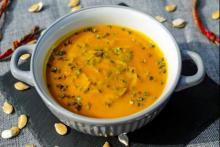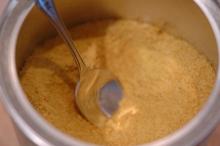How to Use Aquafaba in Your Recipes
Aquafaba, also referred to as “bean juice”, is the brine that comes from legumes. Although commonly discarded, it has recently been rediscovered as an excellent addition to almost any recipe and can be used as a substitute for eggs. You can generally use about 3 Tablespoons of aquafaba for every 1 egg, however this may vary. Since it can be used in either a liquid form or a cream form (through heavy mixing), the amount of aquafaba varies depending on the desired consistency.

